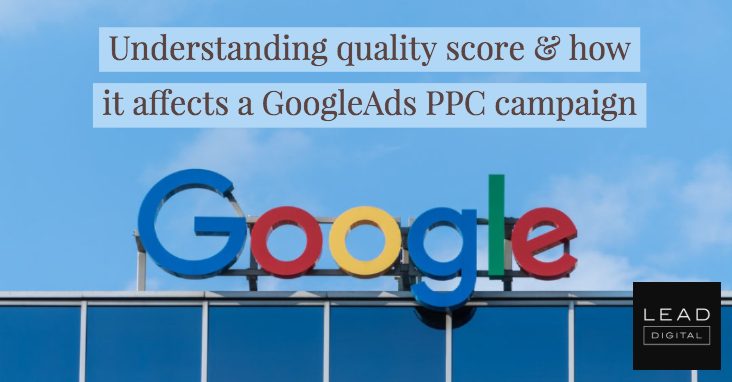 Arguably the most prominent search engine out there, Google has been toying with the concept of targeted advertising for quite some time now.
Arguably the most prominent search engine out there, Google has been toying with the concept of targeted advertising for quite some time now.
Formerly known as Google AdWords, Google Ads is a type of advertising platform that allows businesses to advertise their products and services on the search engine.
This platform has since become Google’s primary cash cow. In 2017, Google Ads contributed a total of $95.4 billion in advertising revenues. And in the upcoming months, Google will now introduce gallery ads to its mobile products, which will show up on Google search, the discover feed found on most Android devices, and even alongside YouTube videos.
What is Google Ads?
Run using an auction system that provides PPC (Pay-Per-Click) marketing for your business, Google Ads allows businesses to bid on keywords and pay Google a specific amount every time their ad gets clicked on. Whenever a user searches for something using a keyword that is relevant to the business offering, Google Ads chooses a list of businesses whose ads will appear on prime advertising space–the top of the search results page.
There are a number of factors that can increase the likelihood of a business’s ad being chosen by Google Ads, but it boils down to two primary factors. The first is CPC (Cost-Per-Click), which is the highest amount a business is willing to pay Google to be featured. The second factor that gets taken into account is the Quality Score. While it may seem like those willing to pay a higher amount are more likely to be featured in prime ad spots, GoogleAds’ PPC system offers a more level playing field.
What is the Quality Score?
Simply put, Google rates the relevance and utility of a PPC ad based on the keywords your business plans to advertise with. Having a higher Quality Score will not only determine the placement or ranking of your ad, but it can also reduce the CPC on the ad being posted.
A PPC ad’s Quality Score is based on a few factors: click-through rate, keyword relevance, ad text relevance, landing page quality and relevance, as well as the performance history of your GoogleAds account.
While it’s unclear to everyone but Google just how much each factor is weighted, having a good click-through rate (percentage of people who see your ad AND click on it) means that the other factors are most likely relevant to the user. This will indicate to Google that the users find the ad helpful or valuable to their experience. This is why businesses who place a higher maximum bid are not necessarily rewarded the highest ad rankings. – Read more



